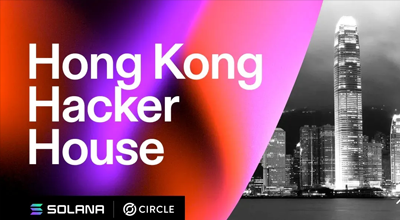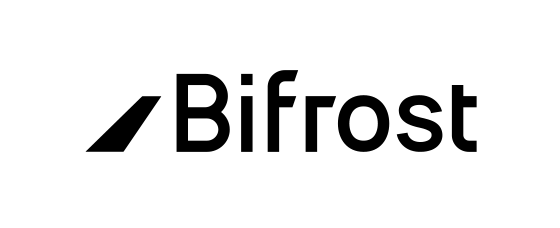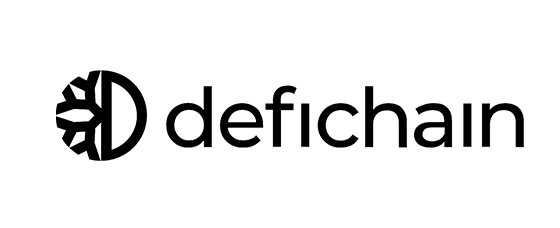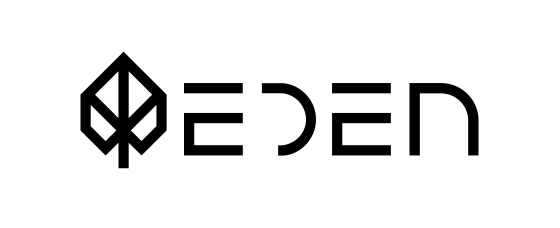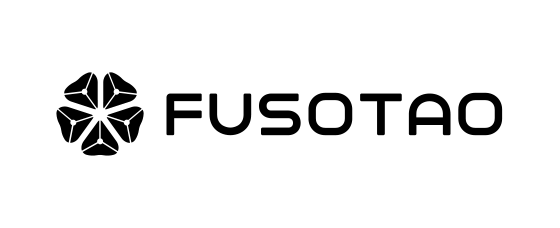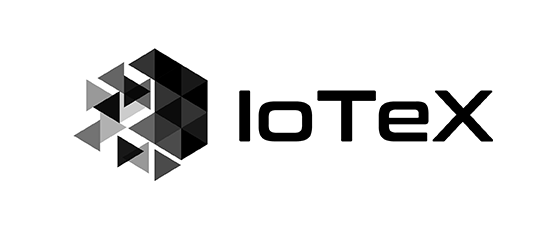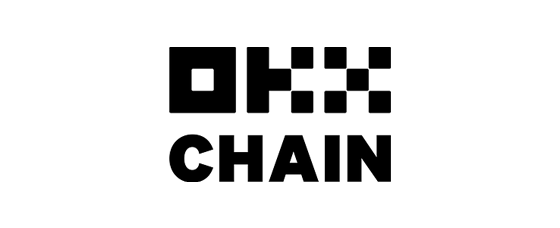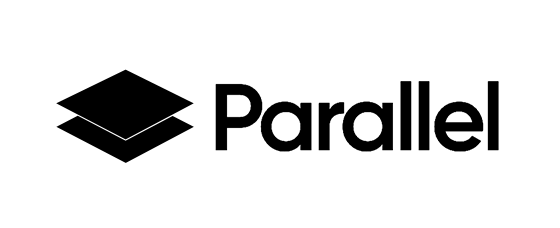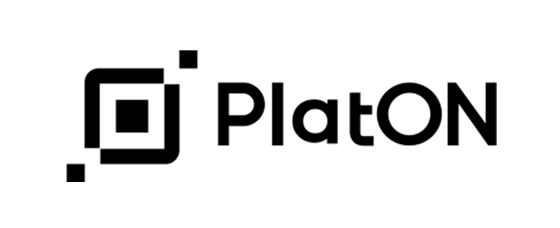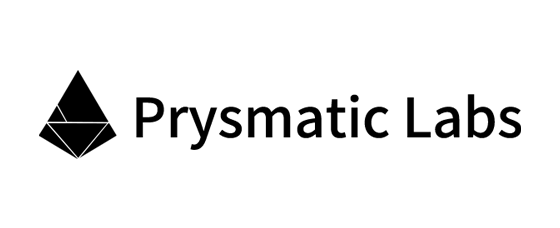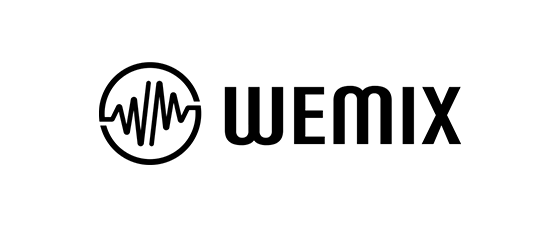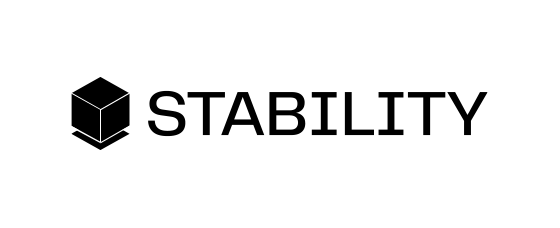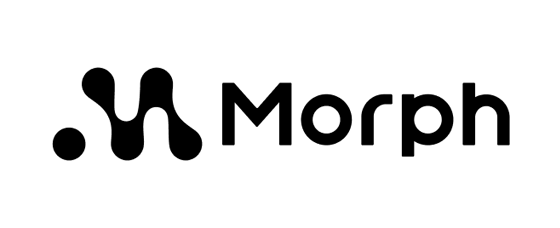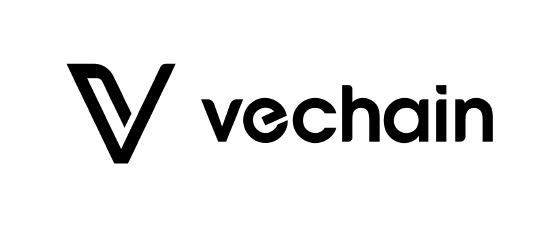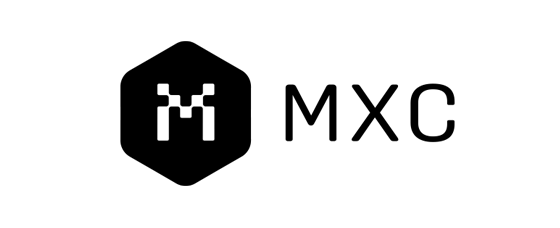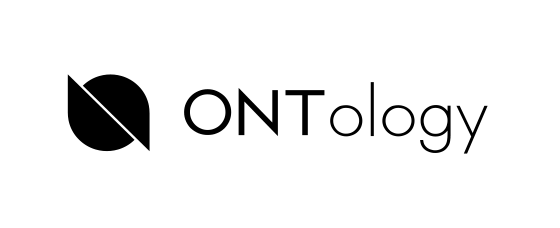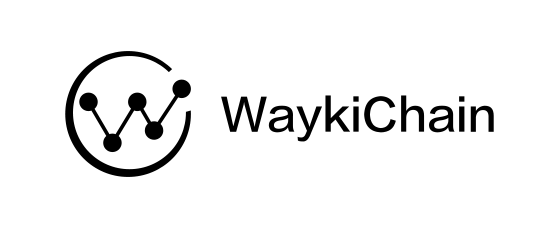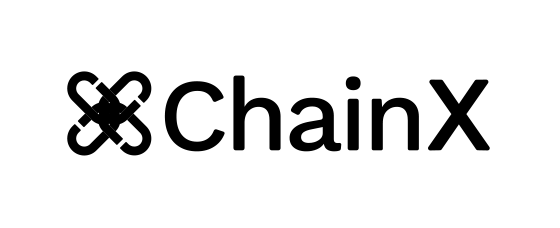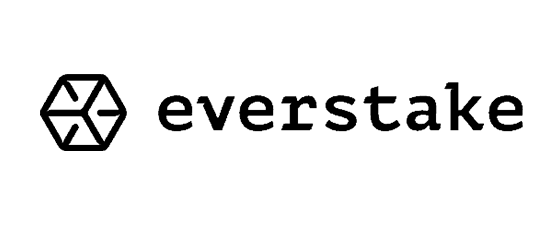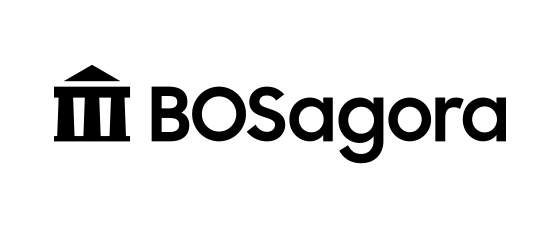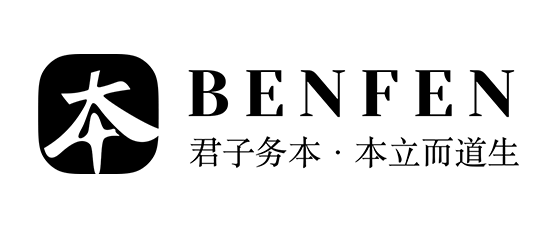Processing Flow
Business Communication
Project Evaluation
Pay for Expenses
Security Audit
Issue a Report
Blockchain Security Audit Scheme
Blockchain Mainnet Security Audit
The SlowMist team adopts the strategy of "Black-box + Gray-box" to conduct a complete security test on the project in the way closest to the real attack.
P2P
- Sybil Attack
- Eclipse Attack
- Eavesdropping Attack
- Denial of Service Attack
- BGP Hijack Attack
- Alien Attack
- Timejacking
RPC
- Eavesdropping Attack
- Denial of Service Attack
- The Ethereum Black Valentine's Day Vulnerability
- Http Input Attack
- Cross-domain Phishing Attack
Consensus
- Long Range Attack
- Bribery Attack
- Race Attack
- Liveness Denial
- Censorship
- Finney Attack
- Vector76 Attack
- Alternative Historical Attack
- 51% Attack
- Grinding Attack
- Coin Age Accumulation Attack
- Selfing Mining
- Block Double Production
Encryption
- Cryptographic Attacks
- Private Key Prediction
- Length Extension Attack
Transaction
- Transaction Replay Attack
- Transaction Malleability Attack
- Time-locked Transaction Attack
- False Top-up Attack
- Rug Pull Attack
Blockchain Common Vulnerability List:https://github.com/slowmist/Cryptocurrency-Security-Audit-Guide/blob/main/Blockchain-Common-Vulnerability-List.md
Cryptocurrency Exchange Listing Security Audit
The SlowMist team adopts the strategy of "Black-box + Gray-box" to conduct a complete security test on the project in the way closest to the real attack. The SlowMist team examines the most concerned vulnerabilities of exchanges, they are as follows:
- Private Key Prediction
- Rug Pull Attack
- Insecure Encryption Library
- Transaction Malleability Attack
- Transaction Replay Attack
- False Top-up Attack
- RPC Theft
This audit scheme is characterized by its low cost and short time. It’s most suitable for blockchains that are based on secondary development of more mature projects, such as Bitcoin-Core, Go-Ethereum, Bitshares, EOSIO, etc.
Code-based Testing Audit
The SlowMist team adopts the strategy of "White-box" to conduct a complete security test on the project.
1. Static Source Code Analysis (SAST)
The SlowMist team checks code quality using open source or commercial code scanners, we support all popular language, such as C/C++/Golang/Rust/Java/Nodejs/C#
2. Manual Code Review
The SlowMist team manually checks the code line by line, looking for common coding pitfalls as follows:
- State Consistency
- Fail Rollback
- Numerical Overflow
- Parameter Verification
- Error Handle
- Boundary Check
- Unit Test Coverage
Community Customized Audit Plan
Based on the characteristics of certain blockchains, such as Polkadot and Cosmos, we have implemented customized security audit measures.
Take Polkadot for example. The Polkadot ecological project uses Substrate as its developmental framework. Developers can focus on the implementation of their business logic without paying attention to the integration of underlying network components and ledgers. Based on these characteristics, we abandoned the blockchain audit project. With regards to the network layer, consensus layer, cryptography, and other underlying modules, we’ve added more detailed audit entries. Those entries added are as follows:
- Replay Attack
- Rearrangement Attack
- Conditional Race Attack
- Access Control Attack
- Block Data Dependency Attack
- Explicit Visibility of Function State Variables
- Arithmetic Precision Error
- Malicious Event Audit
- State Consistency Audit
- Failed Rollback Audit
- Unit Test Audit
- Numerical Overflowing Audit
- Parameter Verification Audit
- Error Trapping Audit
- Bounds Check Audit
- Weights Audit
- Macros Audit
Blockchain Based Cryptocurrency Security Audit Guide: https://github.com/slowmist/Cryptocurrency-Security-Audit-Guide
Security Research
-
Jul 12 2024
Comprehensive Upgrade to Public Blockchain Security Audit Guide
As blockchain technology becomes more widespread, more users are conducting transactions on Layer1. This has led to noticeable issues such as slower transaction speeds and higher transaction fees on Layer1. In response, Layer2 has emerged as a solution to enhance the scalability and performance of blockchain platforms without compromising the security and decentralization characteristics of Layer1. According to L2BEAT, the total value locked in the Layer2 ecosystem now reaches $39.5 billion, encompassing a variety of unique technologies and frameworks.
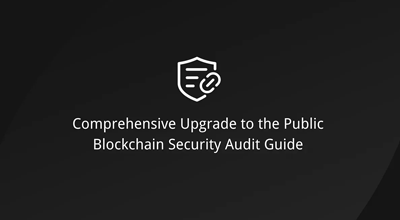
-
Jan 9 2024
Exploring Solana: A Comprehensive Guide to Accounts, Tokens, Transactions, and Ensuring Asset Security
Solana is a Dynamic and Scalable Blockchain Protocol for Empowering Decentralized Applications (DApps). Amidst the recent resurgence in the Solana ecosystem that has captured global interest, this article delves into the intricacies of Solana, including its account structures, token dynamics, transaction processes, and essential strategies for safeguarding assets in this burgeoning ecosystem.

-
Nov 18 2023
Event Insights | Solana Ecosystem Security and Audit Strategies
From November 14th to 17th, the Solana Hacker House held a four-day offline event in Hong Kong, featuring on-site guidance from core engineers at Solana Labs, supported by mentors from various ecosystem teams. Johan, our head of blockchain security at SlowMist Security, was invited to deliver a presentation titled “Advanced Security and Auditing Strategies for the Solana Blockchain”. His talk covered three main aspects: security considerations in development, security incidents in Solana, and how to conduct security audits for smart contracts. This article provides a comprehensive insight into the security and auditing strategies of the Solana ecosystem.
